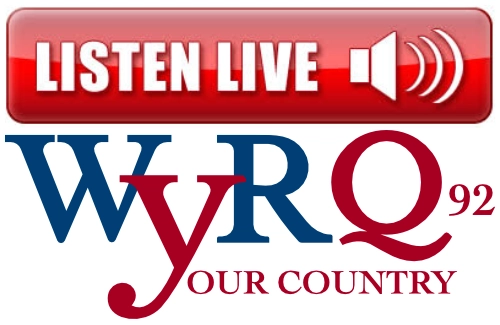
The Grand Prize winner of Ho Ho Dough is Don Repp of Swanville,
pictured above with Sports Director Alex Carmanaty
Don registered at Swanville Produce
Advertise with Little Falls Radio
Connect with our local community by advertising with us! Our tailored packages are designed to amplify your message and build lasting connections. Visit our advertising page for details.

Announced Each Morning:
AM960 KLTF - 7:15am
Q92 WYRQ - 7:50am



